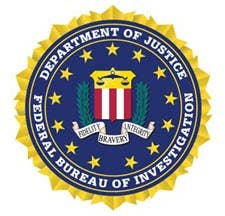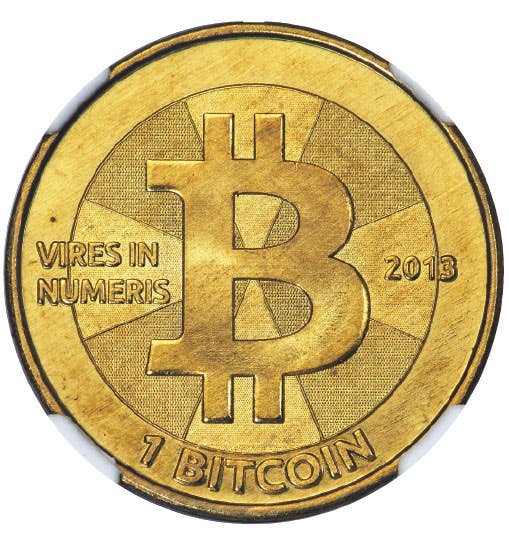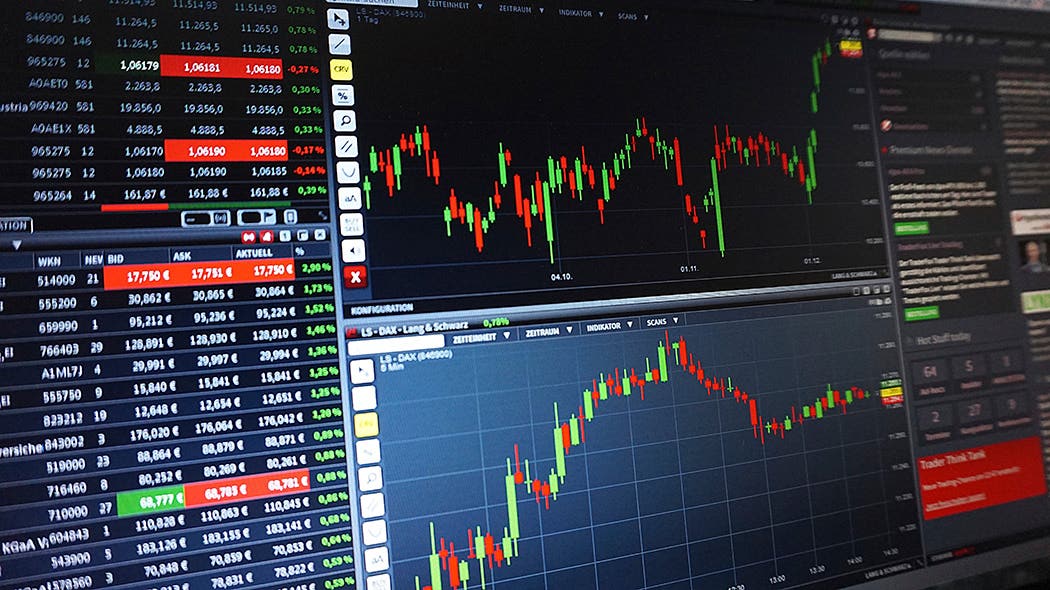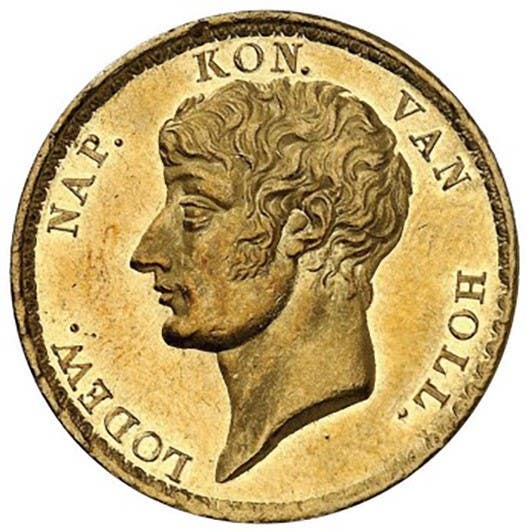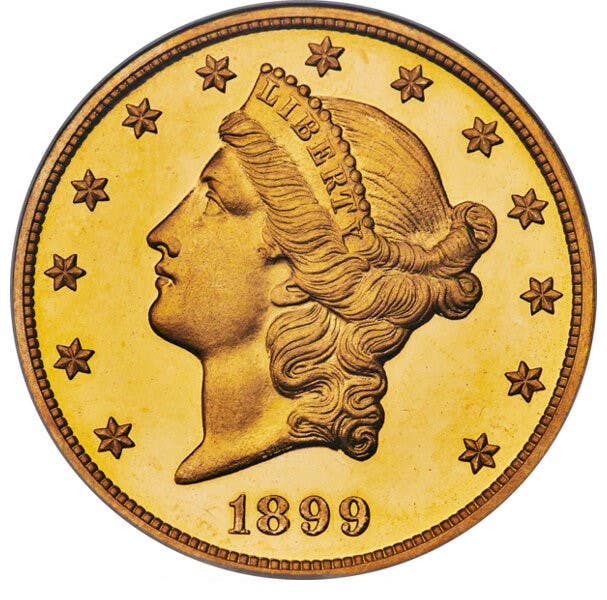1827 quarter proofs technically medals
A confusing problem: Some sources list the 1827 quarters as regular issues, some as proofs, including the one sold in the Garrett sale. Please clear this up.
A confusing problem: Some sources list the 1827 quarters as regular issues, some as proofs, including the one sold in the Garrett sale. Please clear this up.
Mint records list a mintage of 4,000, but R.W. Julian believes these were struck with 1825 dates. Walter Breen, in his book on proofs, estimates “12 1827 proofs” and lists the pedigrees for nine of them. The Garrett piece, sold for $190,000, is one of the four proofs obtained by Joseph J. Mickley directly from the Mint in 1827. Julian mentions one known 1827 circulation strike and elsewhere describes the proofs as “technically and legally ... medals struck with coinage dies.”
Do you have a list of the private mints in the U.S.?
Unfortunately, there is no complete listing of the private mints that I am aware of. Hundreds of mints sprang up during the silver art bar boom in the 1970s, but most closed their doors when the boom broke. It would have been helpful if you had indicated what your interest was, as I could possibly have steered you to some specific mints that would fit your requirements. If anyone has a list, you might send it along as we can always use it to refer to. We get one or two letters a month asking for private mint information.
I was given a roll of 1970-S nickels, but when I tried to sell them I was told they weren’t proofs. How can this be?
The San Francisco Assay Office was reopened in 1968 with the principal function of striking proof coins, but it also struck circulation strikes in various years with an “S” mintmark, including the SBA dollars as well as cents and nickels. Your ’70-S nickels are normal circulation strikes.
Was the fire at the Mint the cause of the 1815 gap in cent production?
The real cause was a serious shortage of copper. The fire actually wasn’t until January 1816 and only damaged part of the rolling mill operation. The War of 1812 caused the shortage of copper. When cent production was suspended in 1815, it was the only year they haven’t been coined since 1793. This gap led to numerous fantasy counterfeits dated 1815.
When did the U.S. mints finally satisfy the country’s demand for coins?
It may come as a surprise, but it wasn’t until the 1870s that production caught up with demand. The statement is made that the Mint produced less than 50 percent of the country’s needs up to 1853, the balance being foreign coins that circulated freely until 1857.
Why was there such a long delay in resuming proof coin production after World War II?
One reason that probably has not received much publicity was the fact that the Philadelphia Mint was tied up for several years after the war striking the millions of medals that had been authorized for veterans of the war. On average, each man or woman who had served in the armed forces was entitled to three medals. The mint Director, Mrs. Nellie Tayloe Ross, officially blamed the war medal production for the delay in a letter written in early 1948, but it wasn’t until 1950 that proof production was resumed.
Did Carson City strike any proof dollars?
Among the proofs listed by Walter Breen are dollars dated 1870, two half dollars dated 1871 (both with just the obverse as a proof) plus 1883, 1884 and 1892 dollars and 12 1893 dollars, which Wayte Raymond says were given out at a ceremony marking the Mint’s closing.
More Coin Collecting Resources:
• Subscribe to our Coin Price Guide, buy Coin Books & Coin Folders and join the NumisMaster VIP Program





